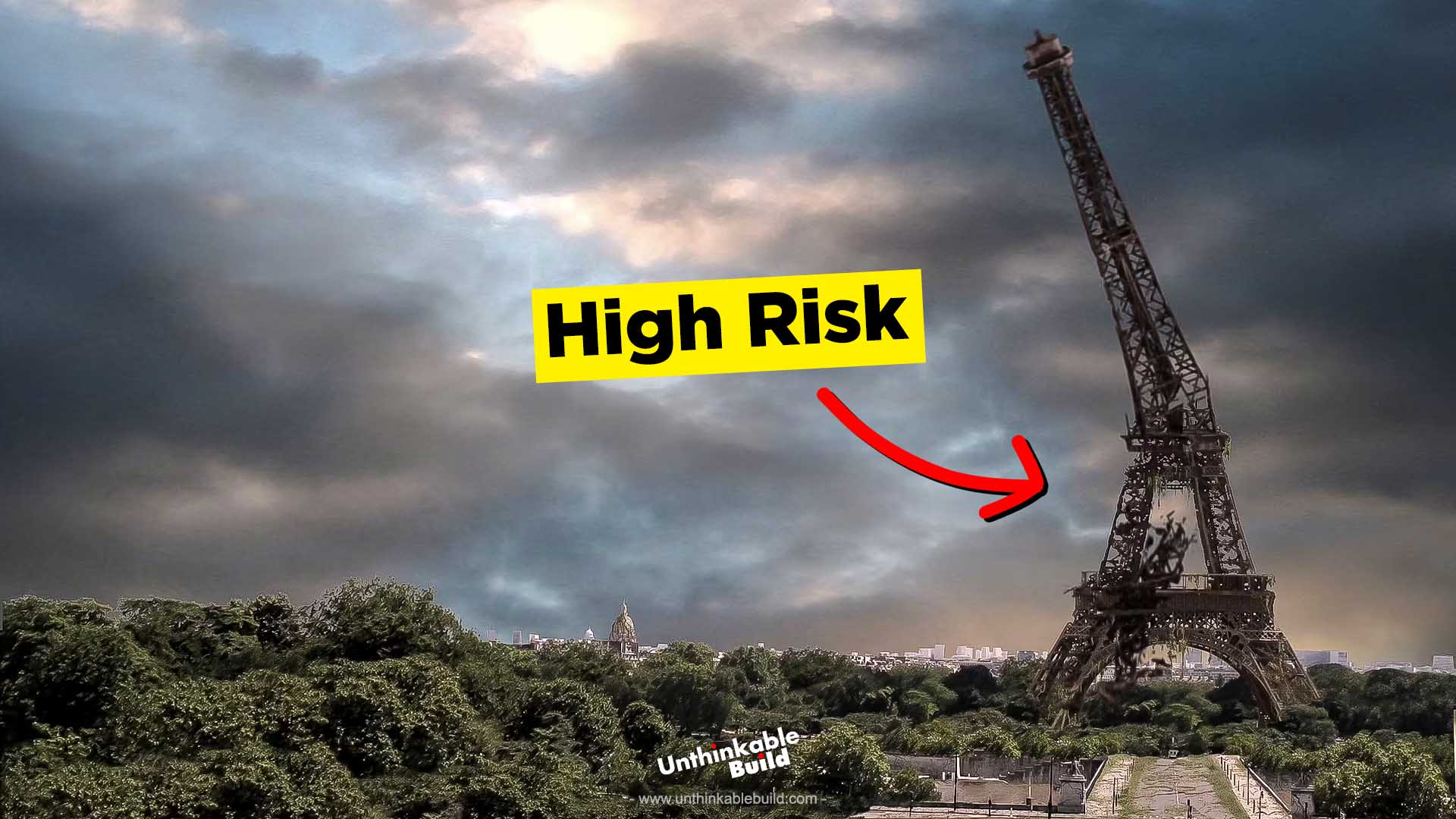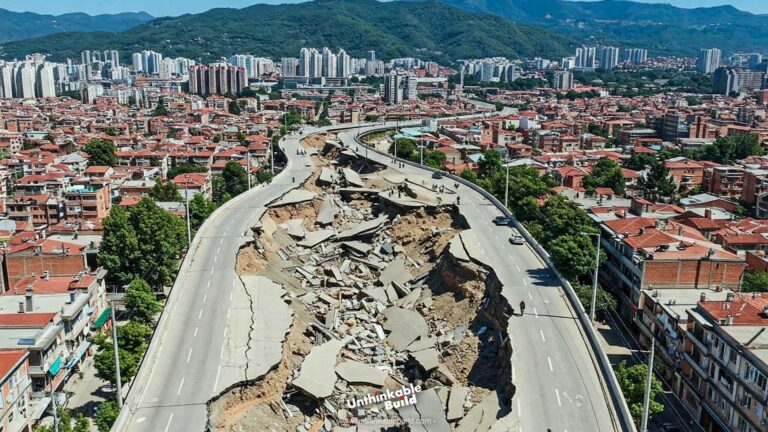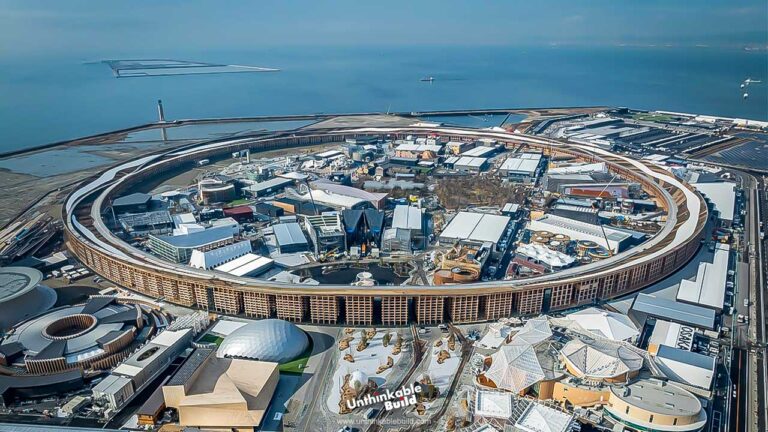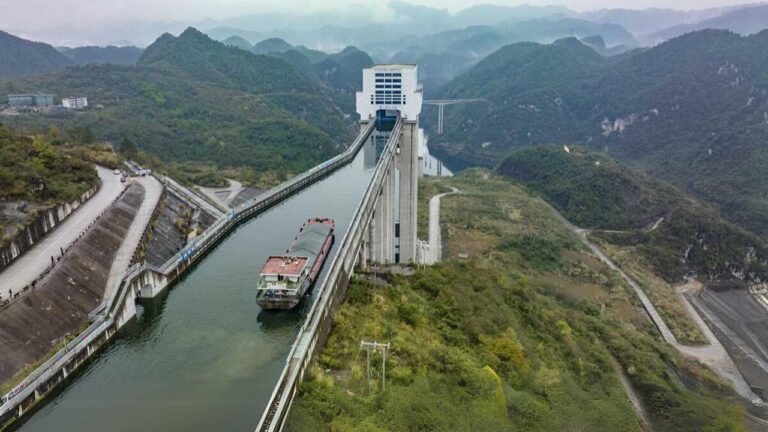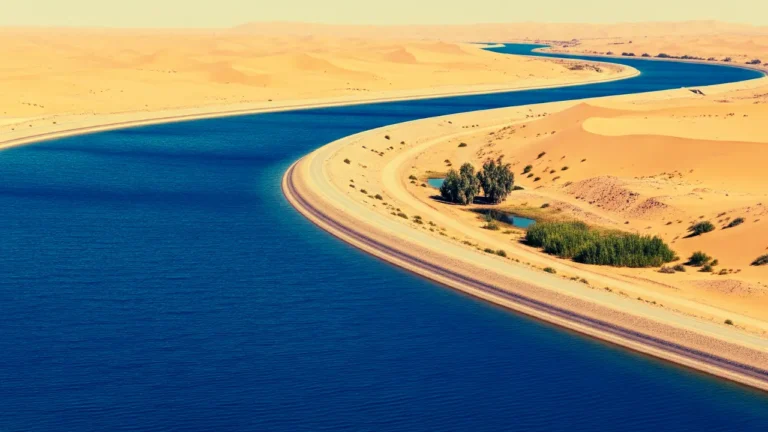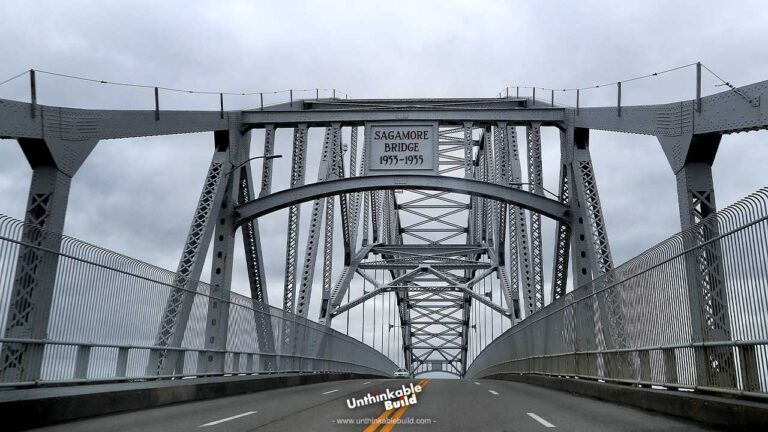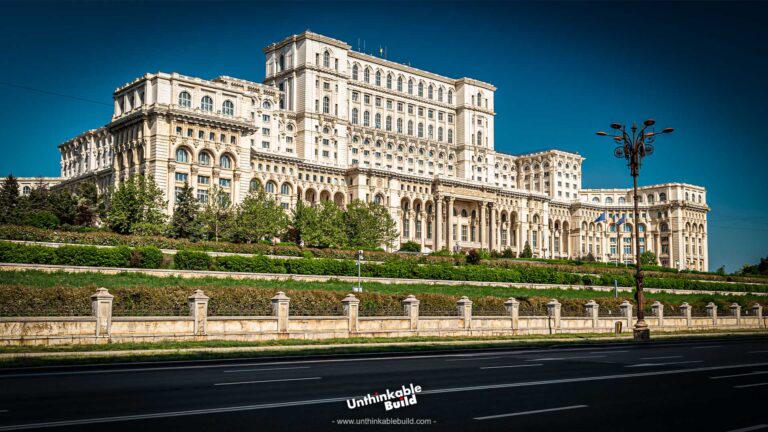The Urgent Restoration Efforts to Save the Eiffel Tower
The Eiffel Tower, a cherished symbol of Paris and a landmark admired around the world, has stood proudly since 1889. It was brought to life by the far-sight French Engineer Gustave Eiffel. Over the years, this tower has faced everything from the harshest Parisian winters to the warm embrace of countless summers. However, after more than a century, this iron colossus is starting to show its age.
Rust and corrosion, the tower’s most persistent enemy, has begun to eat away at its structure, threatening its strength. The French government has committed $64 million to protect the Eiffel Tower from further damage. But many people wonder if rust has already weakened this iconic structure beyond repair, and will this funding be enough to restore and preserve this cherished monument for future generations?
Construction of the Eiffel Tower began on July 1, 1887 and rose to its full height in just 22 months, marking it the tallest building on earth. This engineering marvel was only expected to stand for 20 years. But the Tower has defied the odds and stood tall for 135 years. However, experts are now sounding the alarm, saying that its urgent repairs are needed as rust and wear have already started to take a serious toll.
The Eiffel Tower has recently undergone a major renovation, with a hefty $64 million repaint to shine in time for the 2024 Paris Olympics. Painting the tower is no easy feat and is still done much the same way it was 135 years ago, with workers abseiling down the sides, stripping, cleaning, and applying rust-proofing before adding a final coat of paint.
However, some experts worry that the repaint process might be just a quick fix, barely scratching the surface of the tower’s serious rust problems. There’s even fear that it could make the existing issues with the paint worse instead of solving them. If more in-depth repairs aren’t done soon, the tower’s safety and longevity could be at risk. The hope is to address these issues quickly so this iconic landmark can continue to stand proud and safe for generations to come.
Also Read: How Google Turned a 90-Year-Old Railway Terminal into a $2B Office
The Eiffel Tower was brought to life by Gustave Eiffel, who earned the nickname “Magician of Iron” for his remarkable engineering achievements. Gustave Eiffel was one of the 19th century’s greatest engineering minds, leaving behind a legacy that included the framework for the Statue of Liberty in 1884 and Porto arch bridge over the Douro River in 1886.
Built for the 1889 Exposition Universelle, which celebrated the 100th anniversary of the French Revolution, Eiffel Tower was the centerpiece of the event, to show engineering skills of French people. The government held a competition for design ideas, and Gustave’s vision for a 300-meter open-lattice wrought iron tower won out.
Eiffel’s design was revolutionary, both in concept and in scale. But his first challenge was a significant one: how to build something that tall without making it insufferably heavy. Looking to avoid the pitfalls of the Washington Monument, built between 1848 and 1884, which struggled with sinking under its massive marble and granite weight, Gustave Eiffel chose iron, a material that was both lightweight and incredibly strong.
The tower’s design was like a pylon with four lattice-work columns that met at the top. To make the design more visually appealing stone legs, the connecting arches, and a bulb-like crown was added, that we now associate with the Eiffel Tower. The tower’s distinctive curves were the result of Gustave Eiffel’s mathematical calculations to ensure the structure could withstand the harsh winds of Paris. The design tricks the wind into flowing downwards, while the lattice structure evenly distributes the loads, keeping the tower stable.
The tower wasn’t built on the Champ de Mars, where it now stands. Instead, all its 18,000 pieces were meticulously crafted in Eiffel’s factories in northwestern industrial and residential suburb of Paris, then brought to the site and assembled with an accuracy of a tenth of a millimeter. Small steam cranes and scaffolding was used to piece together the structure, which was held by more than 2.5 million rivets. By December 7, 1887, four girders of the tower had met in the middle and began their skyward climb. The entire structure was then coated with four layers of red lead paint, making it look more like the Golden Gate Bridge of San Francisco.
But Parisians weren’t immediately impressed by this undeniable beauty. Known for their sharp critiques, many labeled the Eiffel Tower as everything from a “tragic street lamp” to a “half-built factory pipe.” Slowly, public opinion began to shift and by the time the tower opened in 1889, it had attracted over 2 million visitors within first six months, quickly solidifying its status as a global icon.
Also Read: Thailand’s $36BN Mega Land Bridge Project
In 1903, plans for demolition of Eiffel Tower were seriously considered. But to save his masterpiece, Gustave Eiffel funded various scientific uses for the tower, ranging from meteorological observations to telegraphy. The tower even became valuable to the military, thanks to its ability to transmit and receive long-distance wireless signals. These innovations ultimately saved the Eiffel Tower, which remains an essential part of broadcasting in Paris today.
More than a century later, the Eiffel Tower is now facing some pressing concerns and recent inspections have highlighted growing challenges. Back in 2010, experts recommended that the tower’s maintenance strategies needed a complete overhaul. By 2014, rust and cracks had started to appear across the structure, with only 10% of the new paint properly sticking to the iron. Then in 2016, further inspections uncovered 885 faults, 68 of which were serious enough to threaten the Eiffel Tower’s long-term durability.
The operating company is uncertain to close the tower for extended periods, given that it draws 7 million visitors annually and generates nearly $108 million in revenue, though operating costs often exceed that amount.
While the Eiffel Tower remains safe for now, it’s clear that more efforts need to be done to ensure it stands for centuries to come. The tower is made of puddle iron, a material that could last forever if properly maintained.
While the goal is to restore and protect the tower from further damages, certain aspects like applying new protective coatings or replacing corroded iron could subtly alter its appearance. However, these alterations are typically done with great care to maintain the iconic look of Eiffel Tower, so any differences would likely be minimal and focused on ensuring its longevity. The essence of the Eiffel Tower will remain, though it may emerge from restoration with a renewed and slightly refreshed presence.
The Eiffel Tower is more than just a landmark; it’s the heart of Paris and a shining example of what human engineering and creativity can achieve. It captures the spirit of a time when the world was buzzing with new ideas and technological breakthroughs. Gustave Eiffel’s design, with its complex iron lattice, was revolutionary for its time. And even today, its graceful silhouette continues to mesmerize millions of people who visit each year, drawn by its unique charm.
Preserving the Eiffel Tower is about safeguarding a masterpiece of our shared heritage. It’s ensuring that future generations can experience the reverence and inspiration that this astonishing structure brings.

